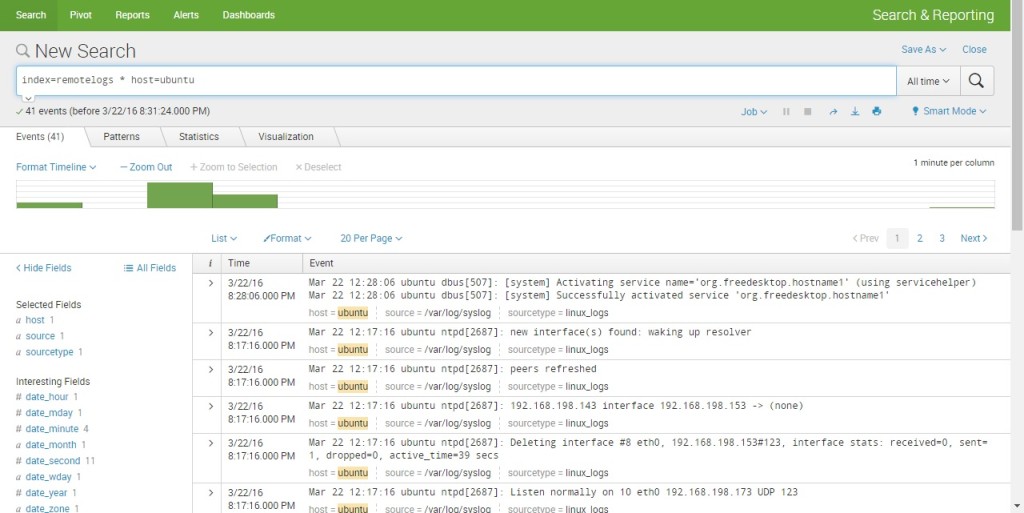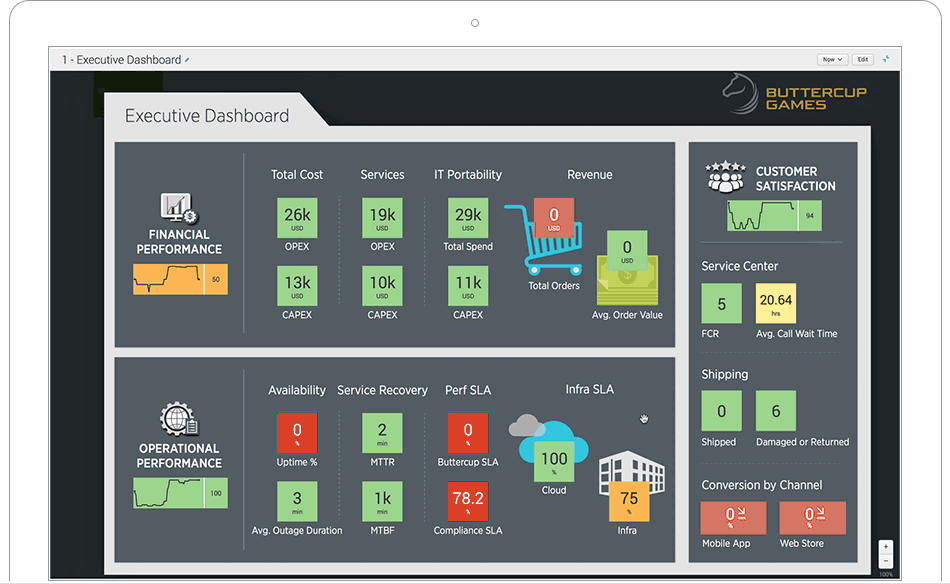
For 24/7 Service Guard, you do not need to add an Artifact Source to the Service, or configure its settings. In your Harness Application, ensure that you have added a Service, as described in Services.
SPLUNK FILE MONITOR VERIFICATION
Ensure that you have added Splunk as a Harness Verification Provider, as described in Connect to Splunk.Step 1: Set Up 24/7 Service Guard for Splunk Here's an example configuration of 24/7 Service Guard for Splunk. For a setup overview, see Connect to Splunk. You can add your Splunk monitoring to Harness 24/7 Service Guard in your Harness Application Environment. For more information, see 24/7 Service Guard Overview. Harness 24/7 Service Guard monitors your live applications, catching problems that surface minutes or hours following deployment. Troubleshoot: Splunk Connectivity and Service Guard Configuration.Step 1: Set Up 24/7 Service Guard for Splunk.Use Metrics Collection API for Custom Dashboards Publish Pipeline Events to an HTTP Endpoint using the API Leverage Harness GraphQL APIs in Automation Scripts Sync and Clean Up Artifact Stream using the Harness API Trigger Workflows or Pipelines Using GraphQL APIįilter Harness Entities using Harness Tags in the APIįetch Artifact Source Details Using GraphQL APIsįetch Artifact Type Details Using GraphQL APIsįetch Deployment Artifact Information using GraphQL APIs Tanzu Application Service (formerly Pivotal)Īdd AWS S3 and Google Cloud Storage Artifact ServersĪdd Amazon Web Services (AWS) Cloud ProviderĪdd Tanzu Application Service (TAS) Cloud ProviderĪdd Physical Data Center as Cloud Provider Skip Harness Label Selector Tracking on Kubernetes Deployments Use Helm Chart Hooks in Kubernetes Deploymentsĭeploy Services to Multiple Kubernetes Clusters Simultaneously using Rancher
SPLUNK FILE MONITOR UPGRADE
Upgrade to Helm 3 Charts in Kubernetes Services Kubernetes Workflow Variables and Expressions Use Kustomize for Kubernetes Deployments (FirstGen) Set Up Kubernetes Traffic Splitting with Istio Select Kubernetes Namespaces based on InfraMappingĬreate Kubernetes Namespaces with Workflow VariablesĬreate a Kubernetes Canary Deployment (FirstGen)Ĭreate a Kubernetes Rolling Deployment (FirstGen)Ĭreate a Kubernetes Blue/Green Deployment (FirstGen)ĭeploying Manifests Separately using Apply Stepĭeploy Kubernetes Custom Resources using CRDs Override Variables at the Infrastructure Definition Levelĭefine Your Kubernetes Target Infrastructure Override Harness Kubernetes Service Settings Using Harness Config Variables in Manifests Link Resource Files or Helm Charts in Git Repos


Use Go Templating in Kubernetes ManifestsĪdding and Editing Inline Kubernetes Manifest Files Pull Images from Private Registries for Kubernetes Connect to Your Target Kubernetes PlatformĪdd Container Images for Kubernetes Deployments


 0 kommentar(er)
0 kommentar(er)
